Exploring Bruges on a Sunny Day in Belgium
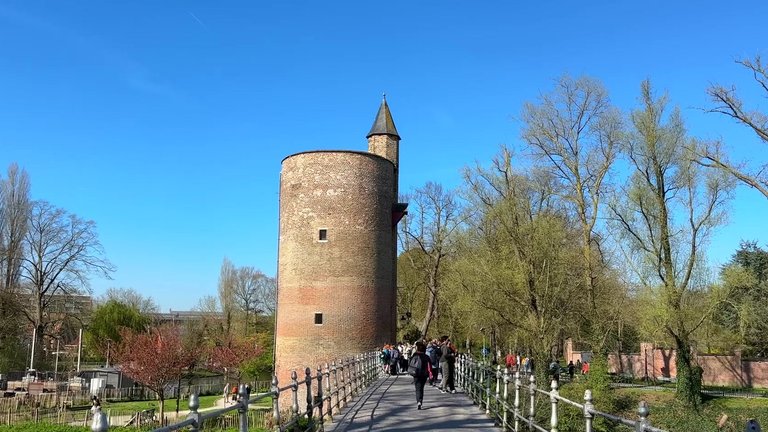
Hello fellow travel lovers. During my trip to Belgium, I visited one of the most beautiful small cities in Europe, Bruges. This city built on water, has preserved not only its religious structures but also its historical character. Interestingly, this was achieved in a rather unexpected way.
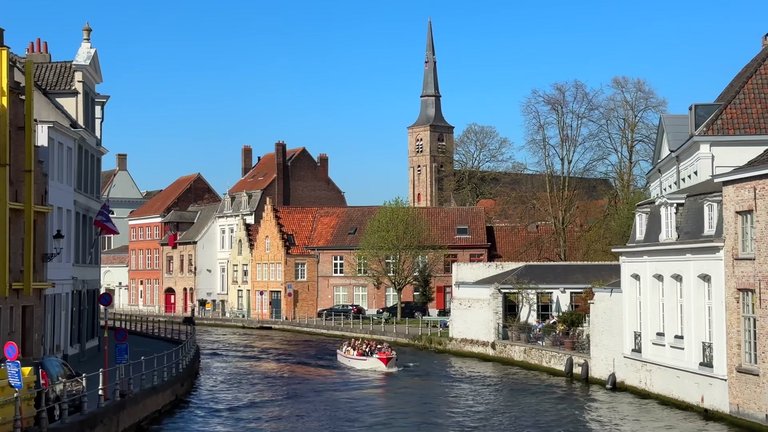
For centuries, the world had almost forgotten Bruges. That changed in the 19th century. Since then, Bruges has become a true Belgian gem. The city is located in the west of Belgium, very close to the North Sea. It's only 15 kilometers from the Dutch border and less than an hour away from France.
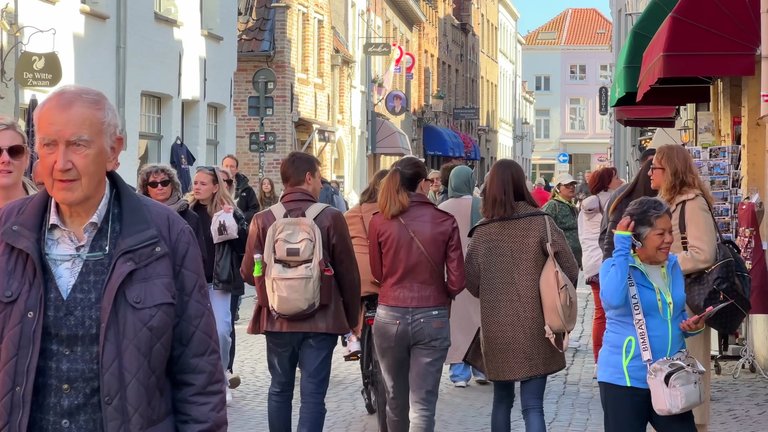
The main language of the region is a complex dialect of Flemish. But don't worry. Most Belgians are multilingual. There are three official languages in the country: French, German and Dutch. Yet, English is the language that serves as a bridge between all and it's spoken fluently. That makes the city very comfortable for tourists. Reaching Bruges by train from any city in Belgium is easy. Train journeys are both comfortable and affordable, with extra discounts on weekends. For example, I paid less than 10 euros for a round-trip ticket from Ghent.
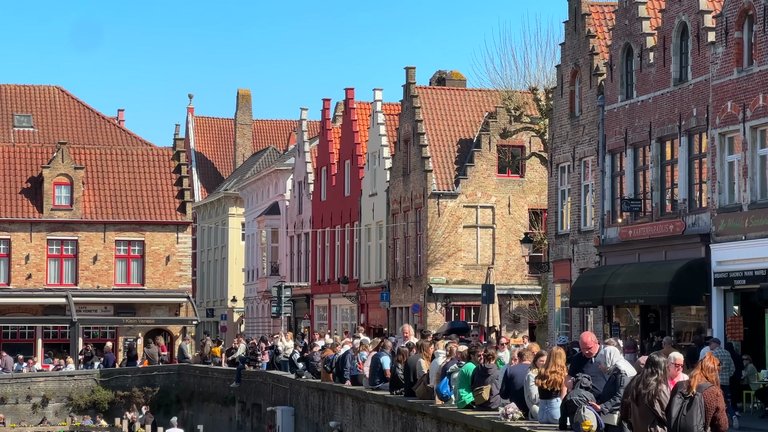
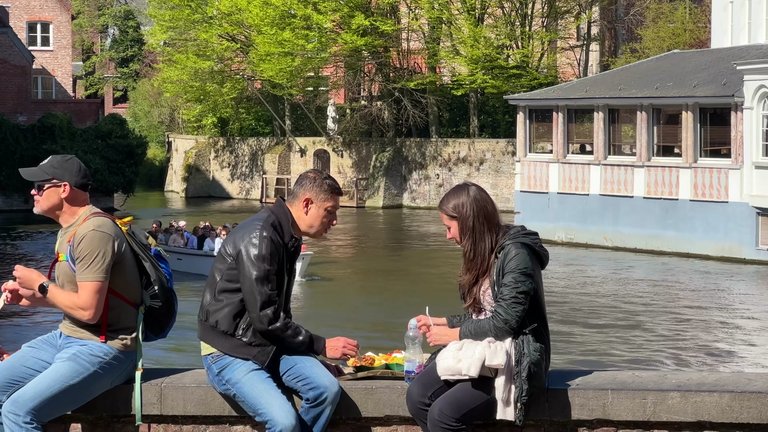
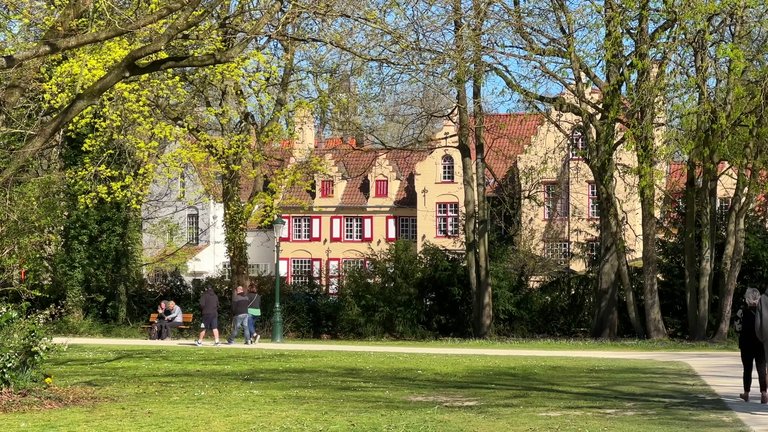
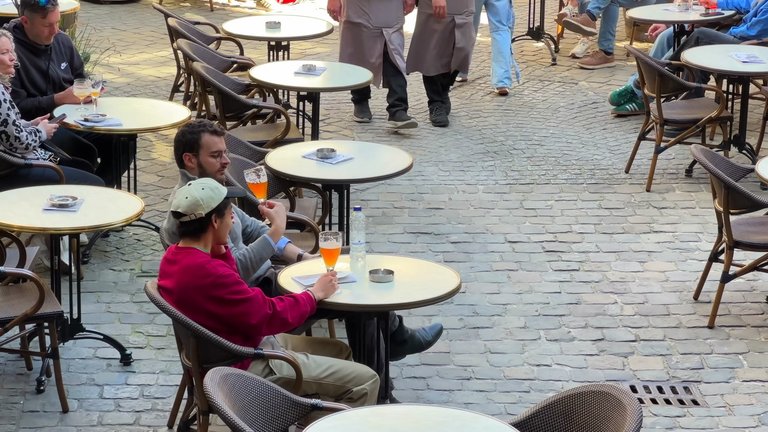
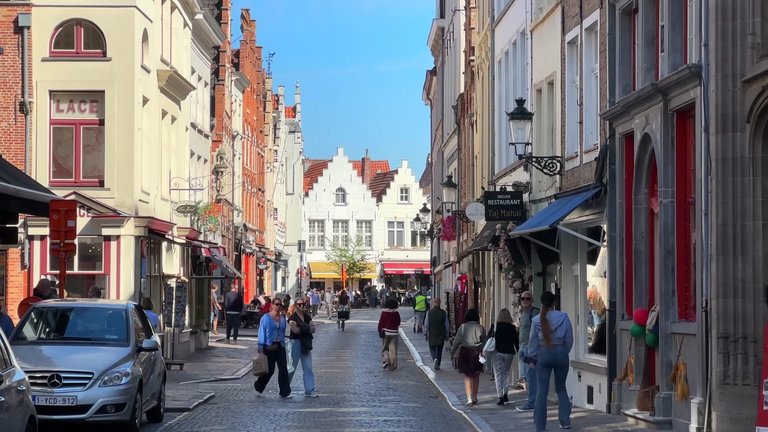
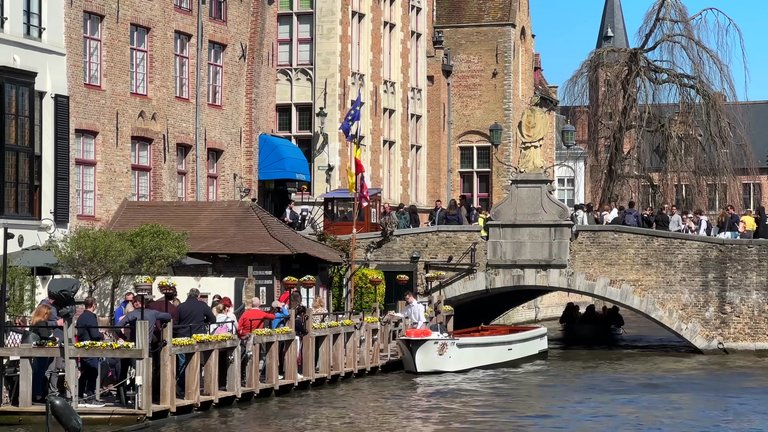
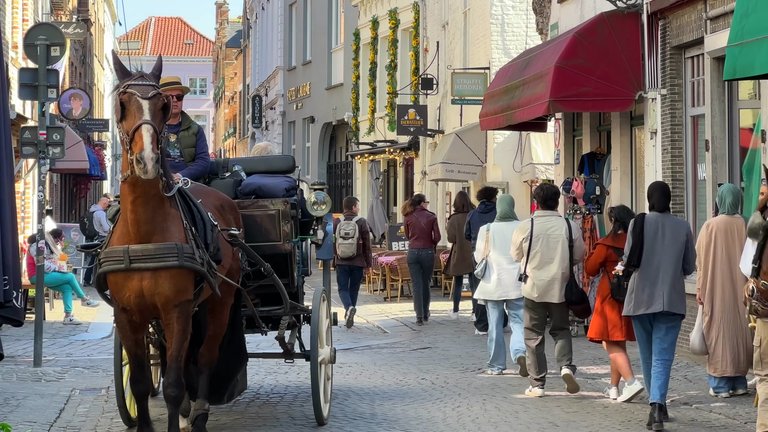
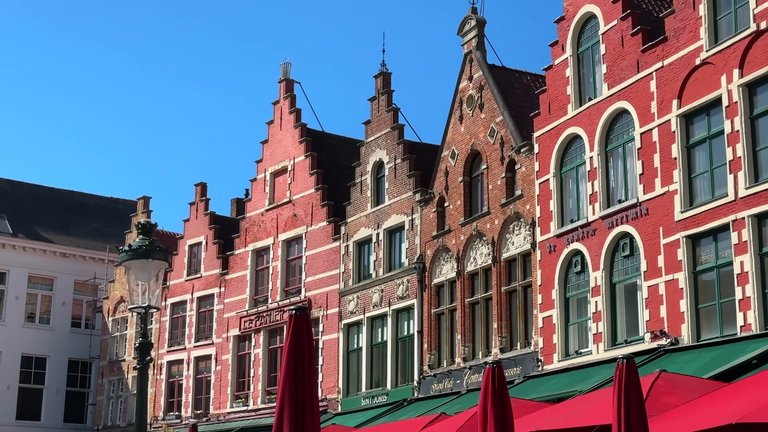
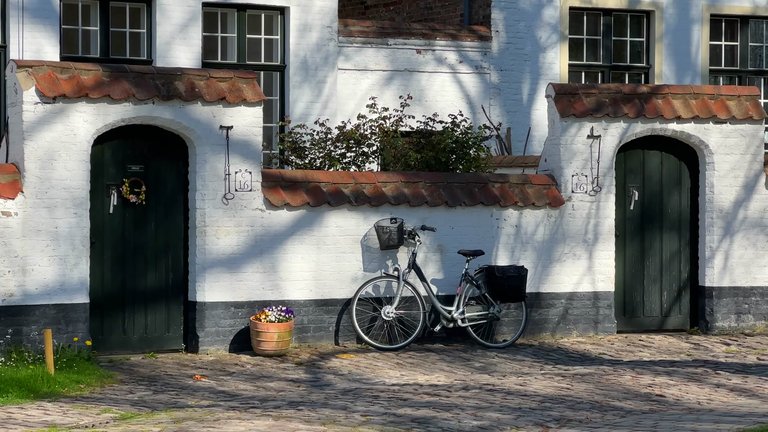
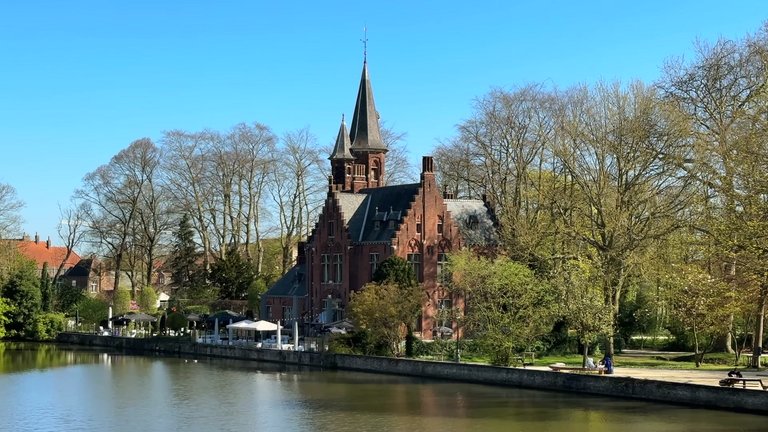
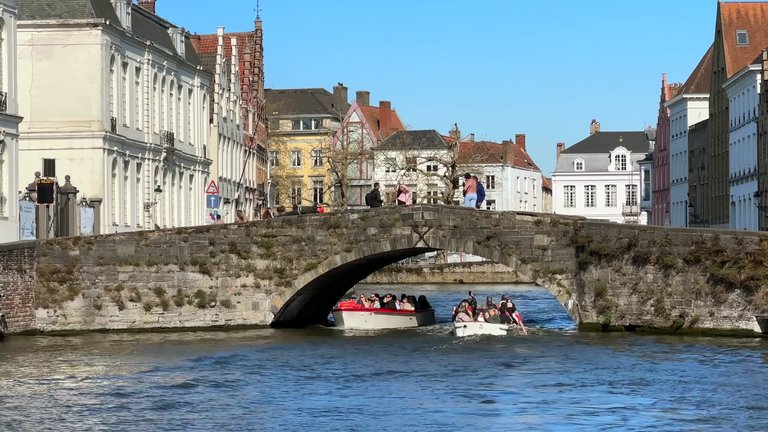
After getting off the train, I looked at the station building. Let’s be honest, it doesn’t look like the gateway to a fairy tale city. Some other Belgian stations are more impressive. Ghent’s station, for example, was built for an international exhibition and is stunning both inside and out. The station in Antwerp, Bruges historical rival, is considered one of the most beautiful train stations in the world. It absolutely looks like a palace. Interestingly in the mid-20th century, there was even talk of demolishing this magnificent structure.
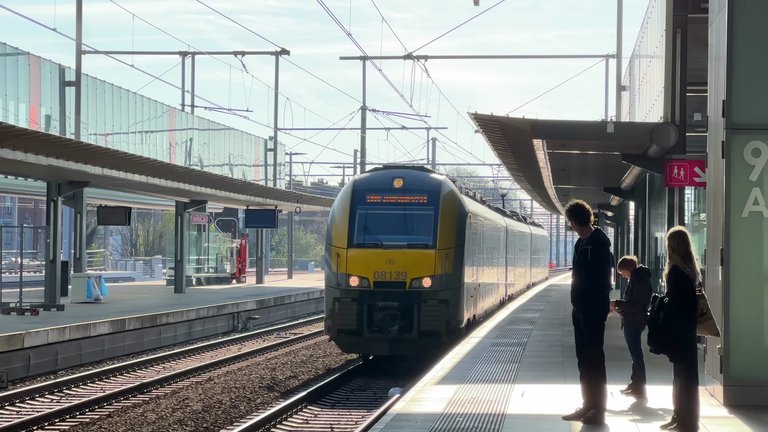
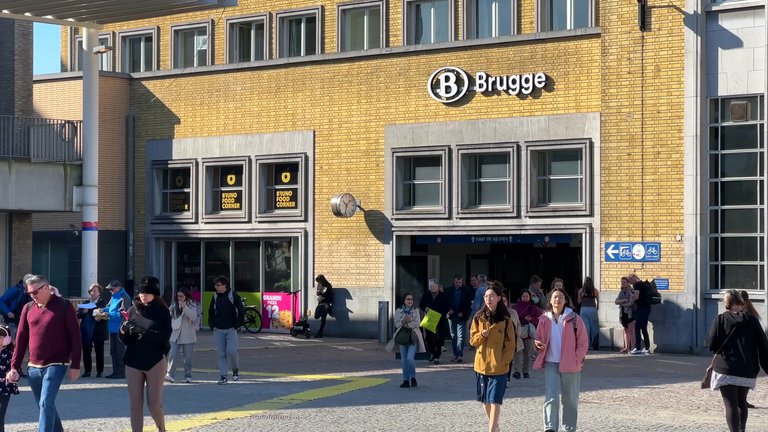
After leaving the station and crossing the street, I arrived at a large park called Poertorenpark. The first striking structure here is the gunpowder tower built at the end of the 10th century. It was once used for defense, then turned into a mill and later served for years as an ice storage. Today, next to the tower stands the so-called Lake of Love Bridge, which comes with a romantic legend. I continued walking toward the city center, passing through residential areas and it genuinely felt like stepping into a fairy tale.

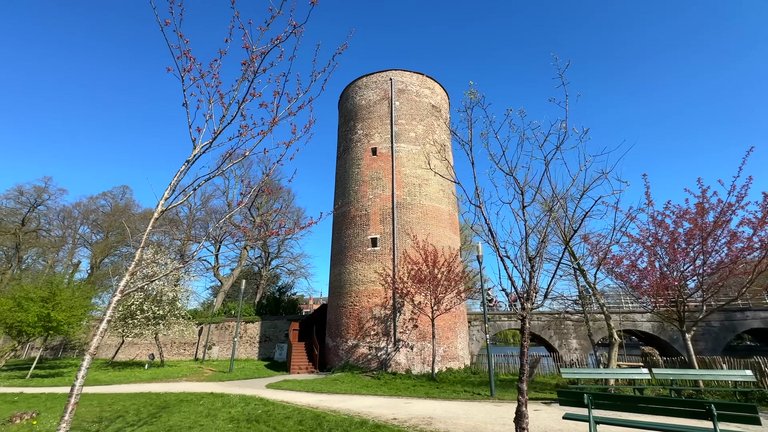
Even half an hour in Bruges is enough to realize that it's a museum city. Everything is spotless, everything is perfect. But it's also a little disconnected from real life, like a film set. Yet, people still live here. And yes, the city is heavily driven by tourism. But that’s not a bad thing. I think every country should have a city like this.
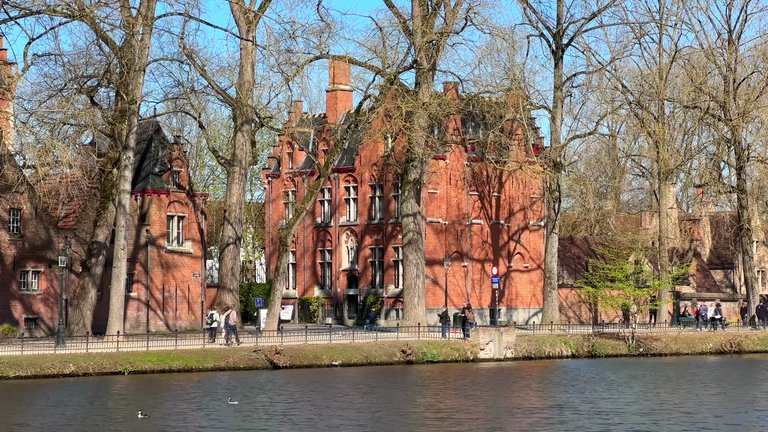
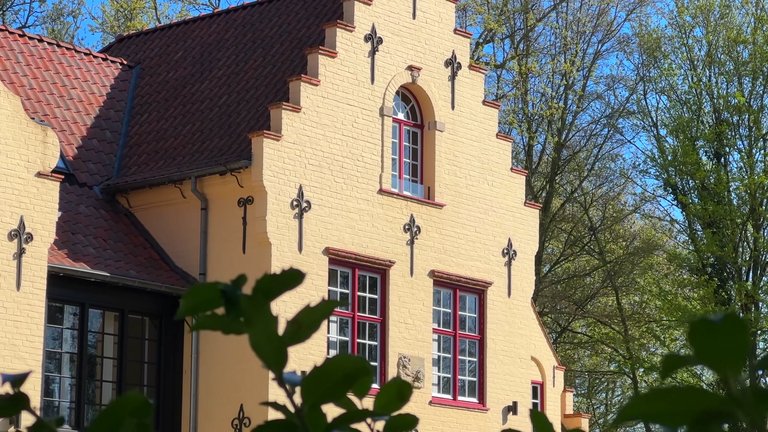
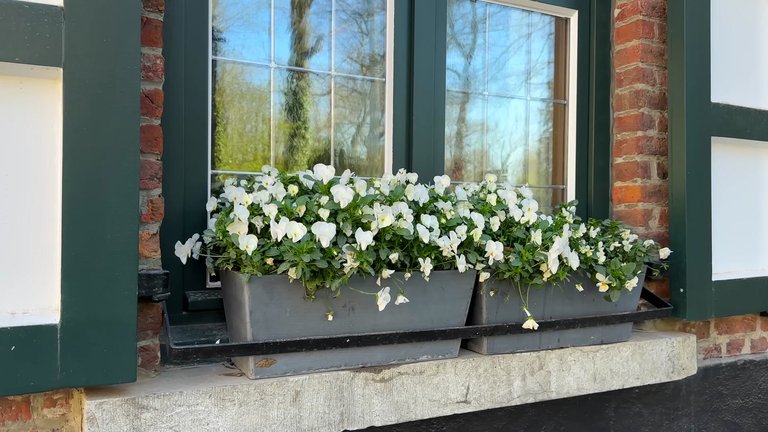
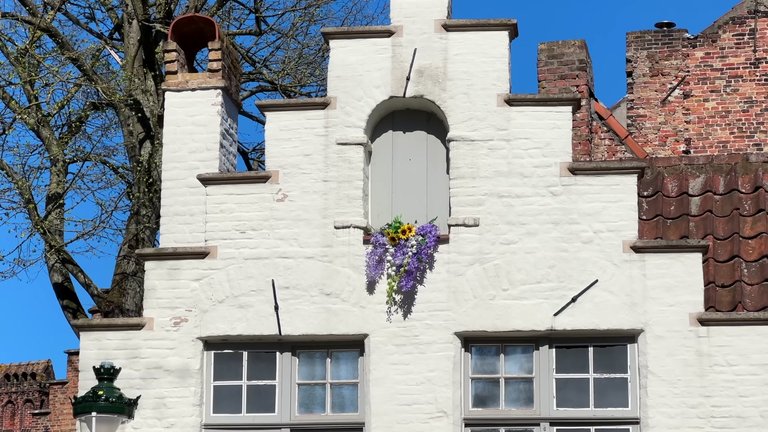
This museum city didn’t form by accident. When you look at the architecture, the historical richness of Bruges is immediately clear. Its economic rise was due to its location at the crossroads of north and south trade routes and its wide canals that connected it to the North Sea. Bruges was one of the most important port cities of the Hanseatic League. The League had over 100 member cities and offered vast trade privileges.
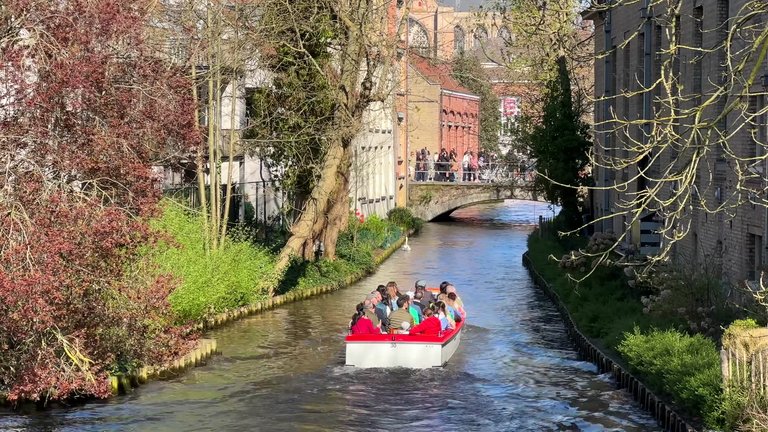
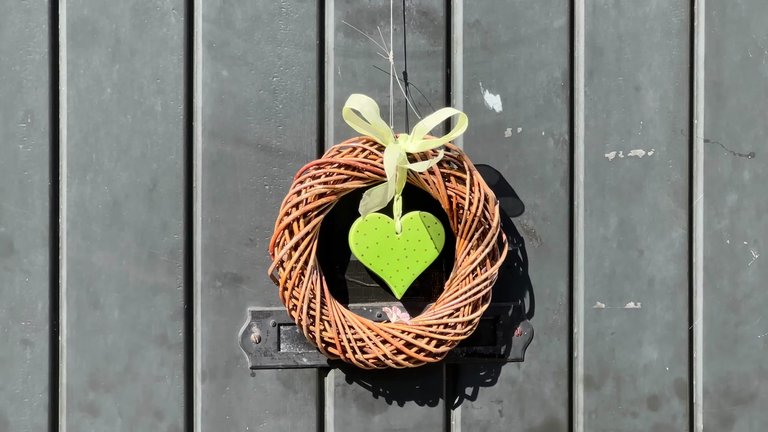
Merchants in Bruges were quite innovative, using promissory notes and letters of credit. In 1309 the world's first stock exchange was established here. Bruges reached its golden age in the mid-15th century. Banking, wool and textile trade and gunpowder commerce all contributed to its wealth. Artists, merchants and scientists from across Europe came here. The Van Eyck brothers perfected the oil painting technique in Bruges, which was then adopted throughout Europe. The first English book was also printed here, The Recuyell of the Histories of Troy by Raoul Lefevre. It’s been over 500 years since the golden age, but you can still feel this legacy while walking through the streets today.
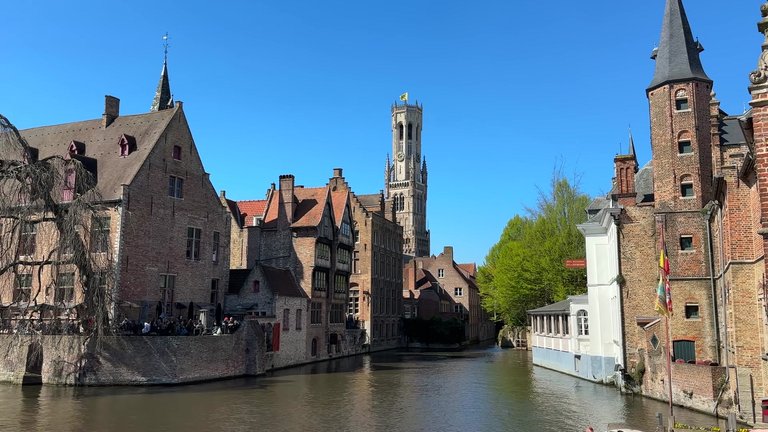
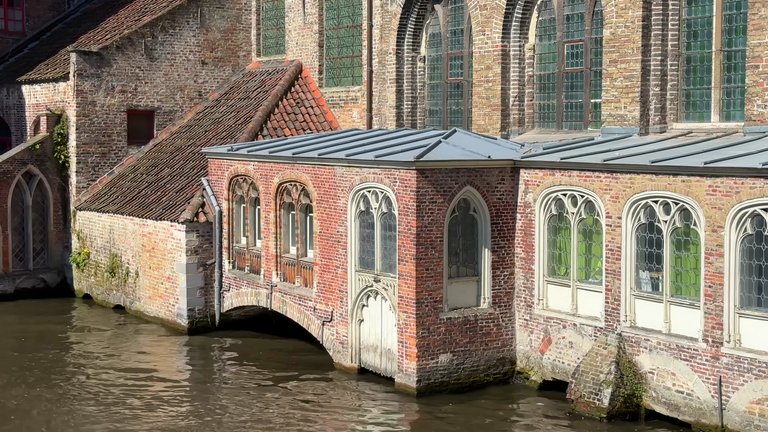
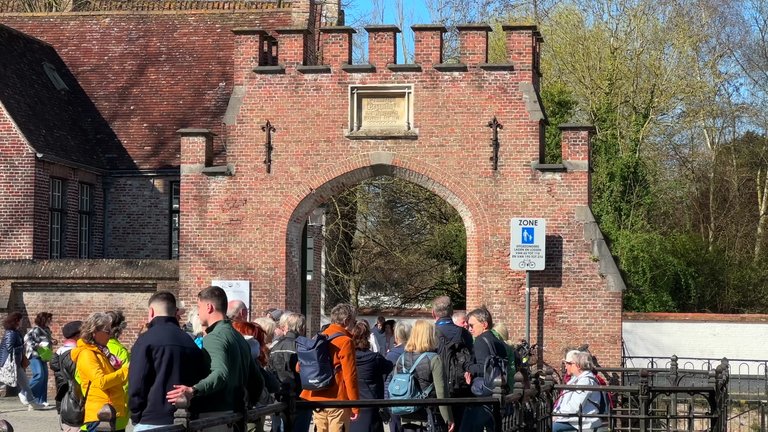

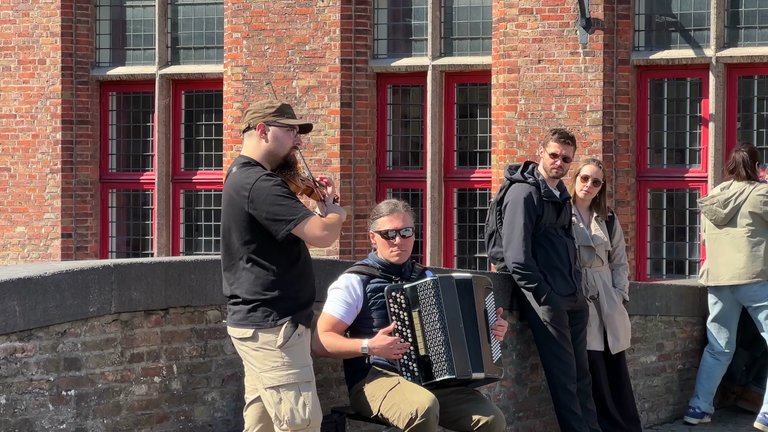
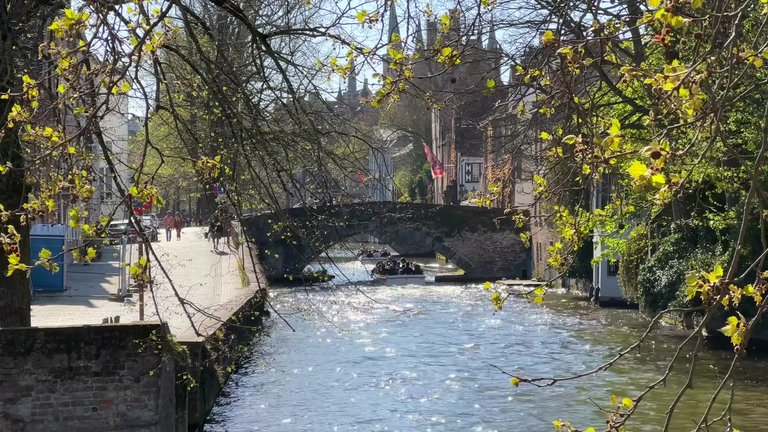
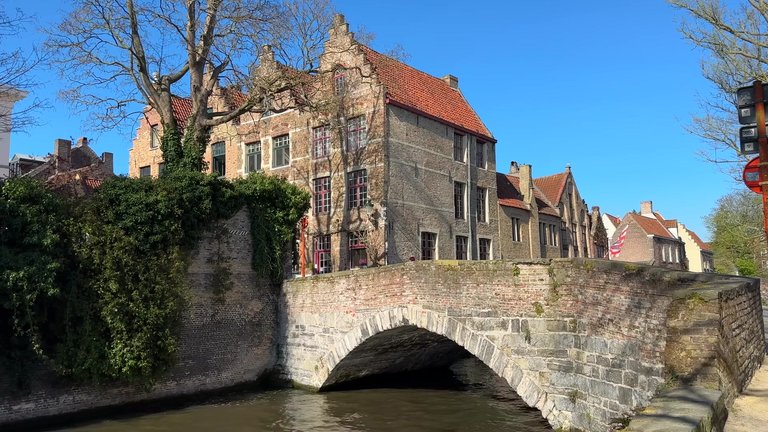
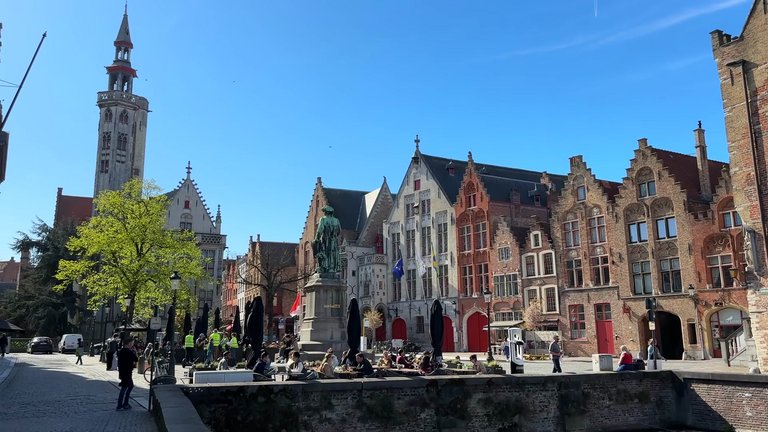
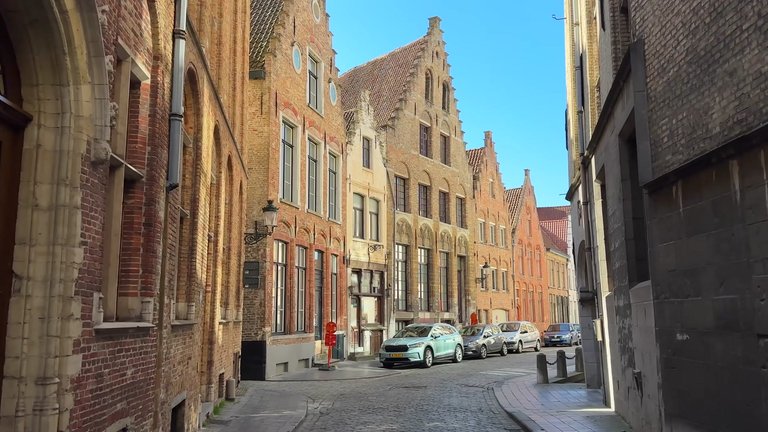
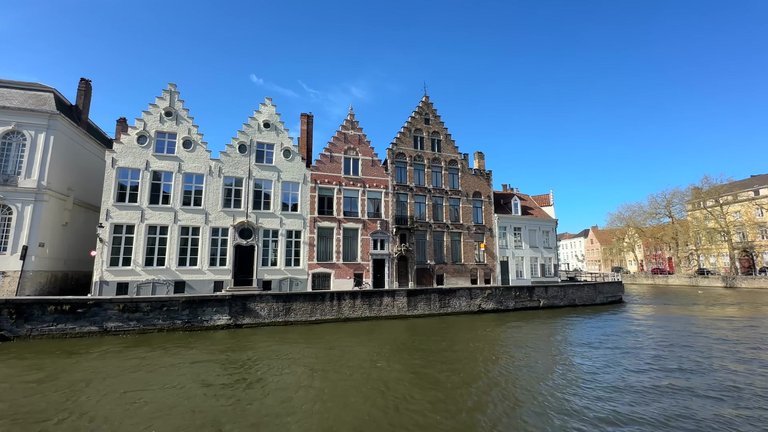
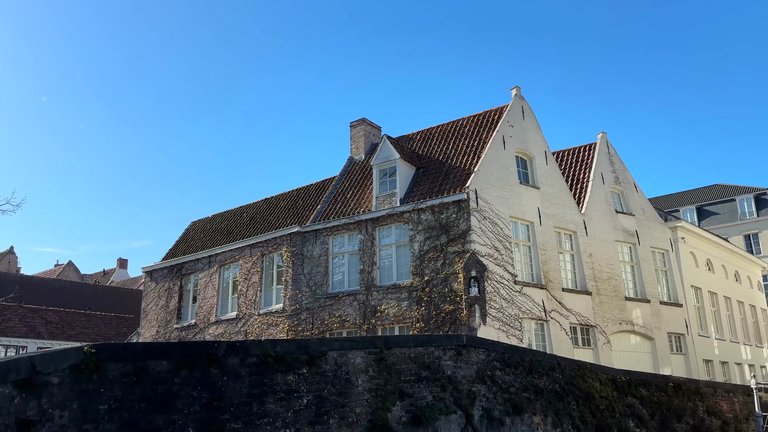
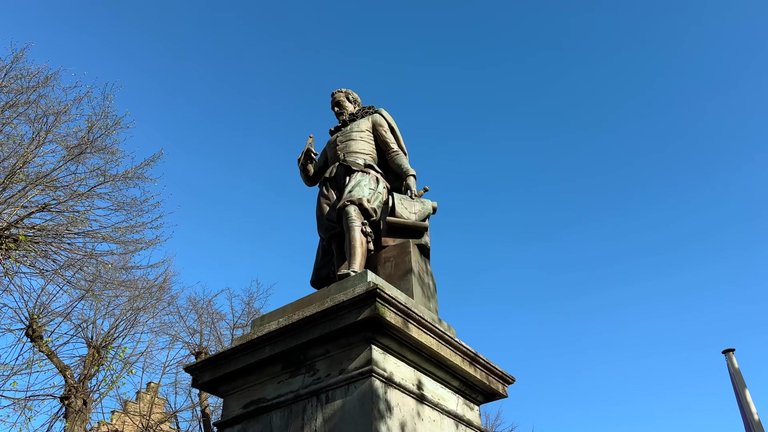
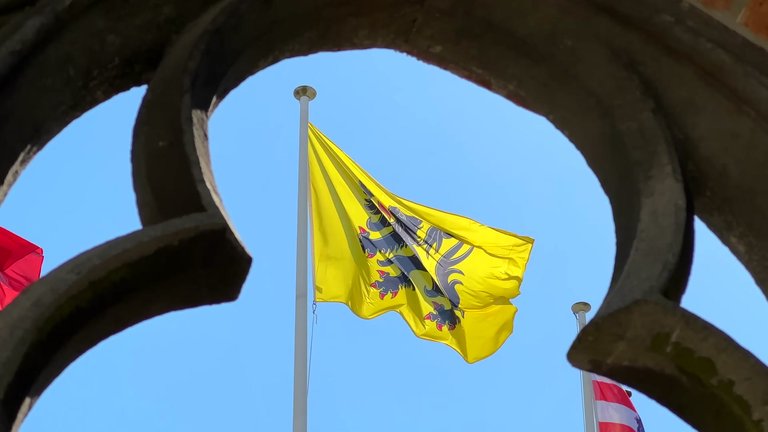
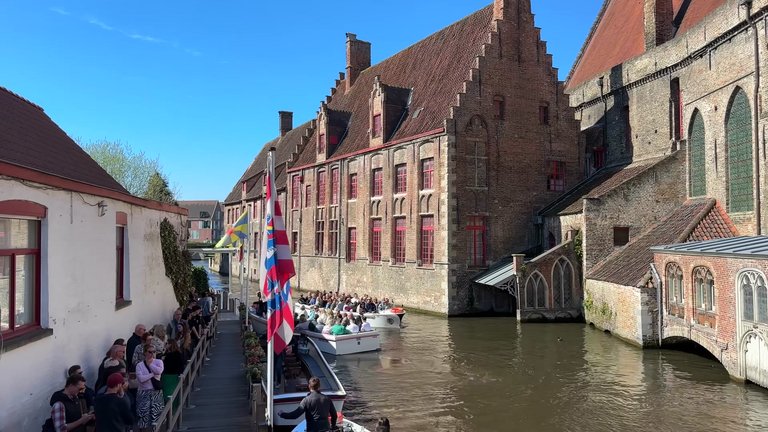
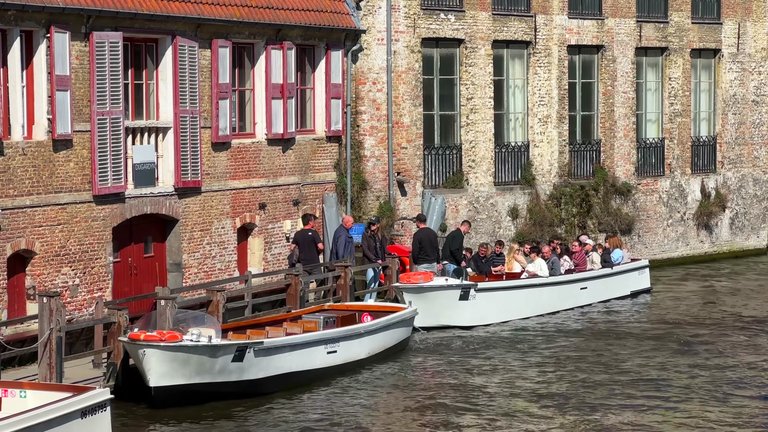
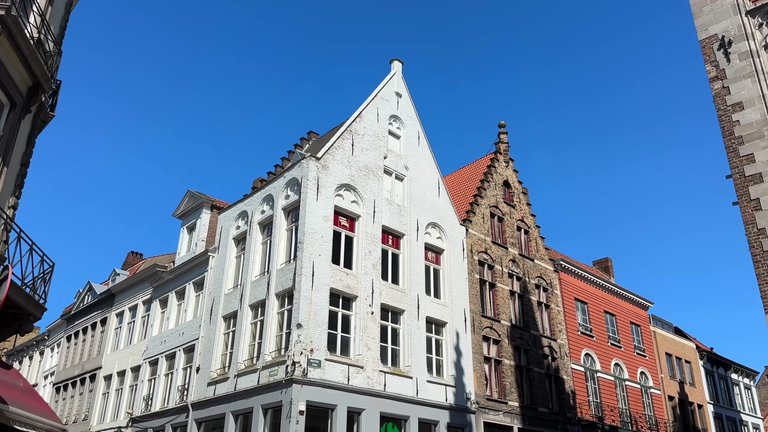
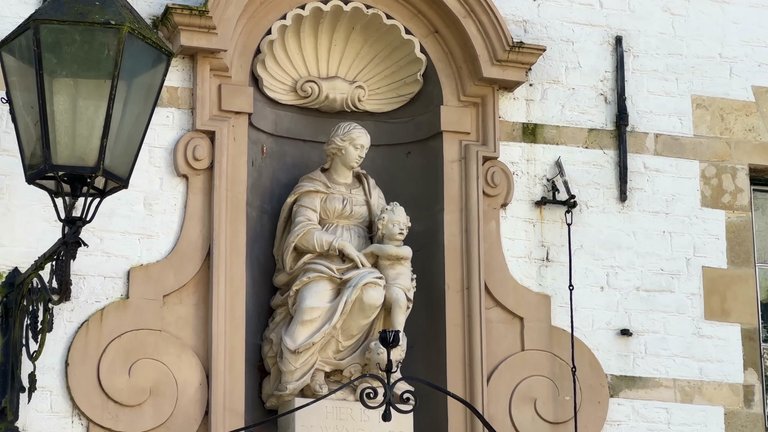
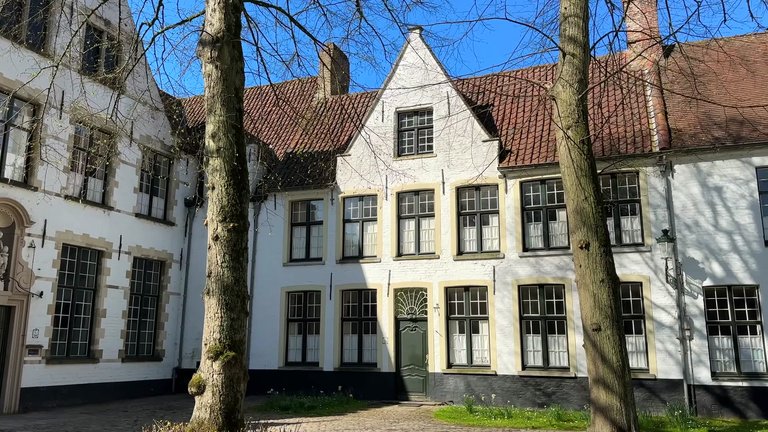
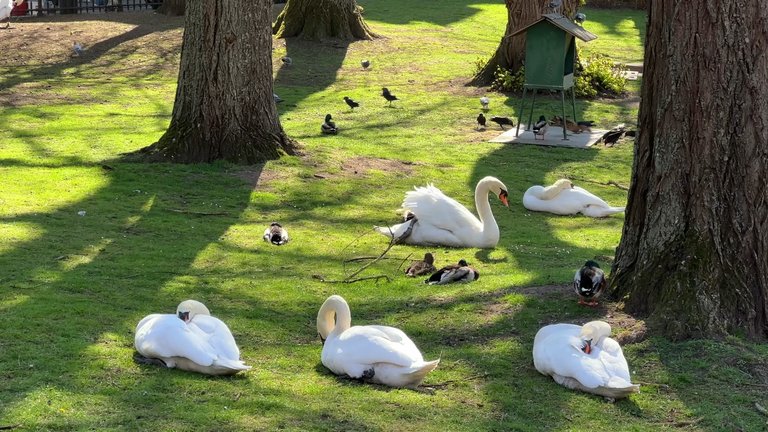
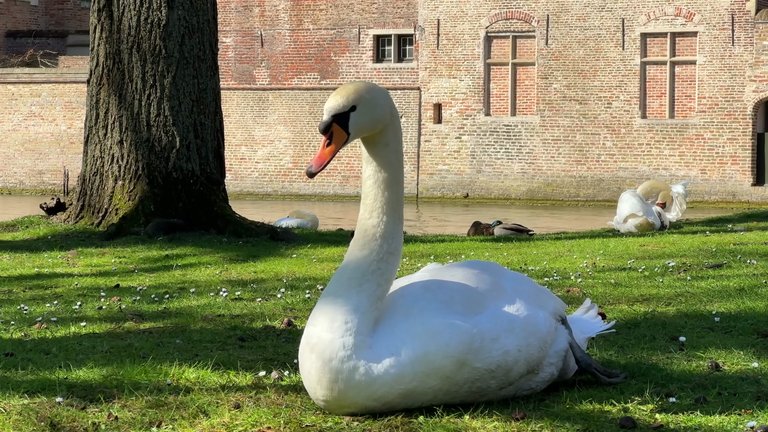
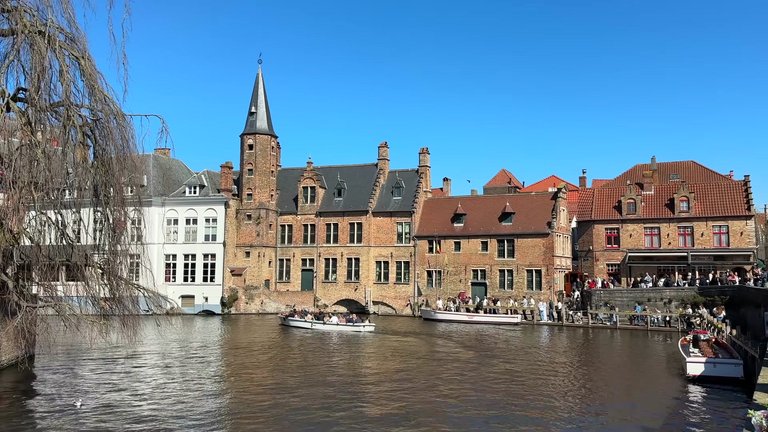
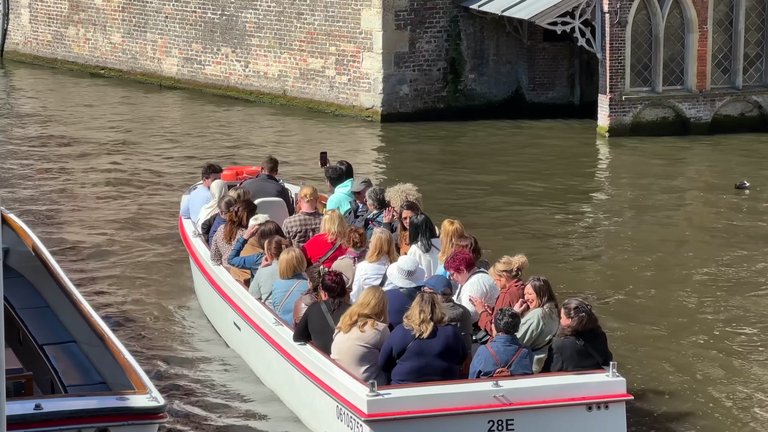
In terms of gastronomy, Bruges isn’t too different from other Belgian cities. At every corner, you can find local chocolate, waffles and fries. Belgian fries are traditionally cooked in two stages.First at 140 degrees Celsius, then again just before serving at 180 degrees Celsius to make them crispy. They're usually fried in animal fat instead of vegetable oil.
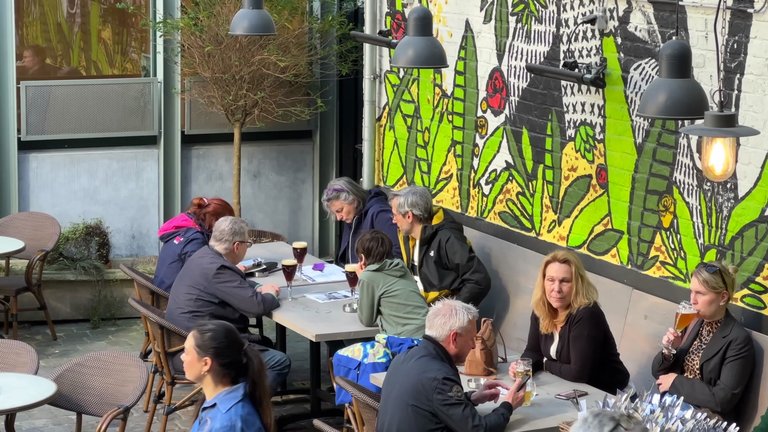
Think about it: fries with ketchup and mayo, waffles, chocolate, fast food and endless beer. Of course, Belgians stay active by cycling, jogging, or walking, just to be able to go back and enjoy another round of chocolate, fries and beer. Otherwise, how could they possibly stay fit?
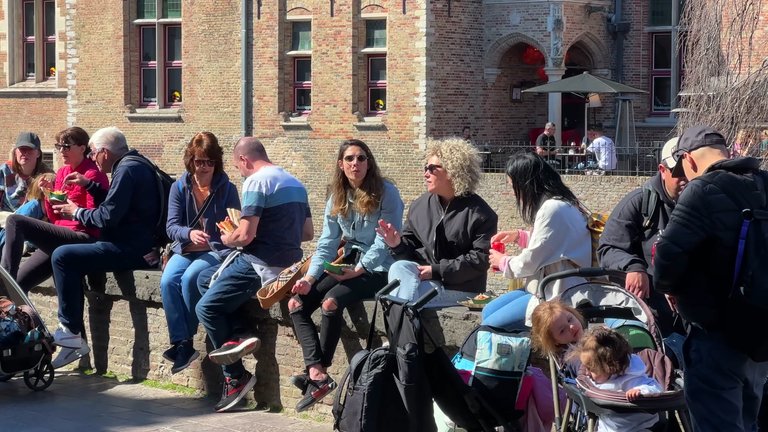
For Belgians, ketchup is the worst thing you can put on fries. It's like putting pineapple on pizza for Italians. Ketchup is considered too sweet and overpowering. That’s why they prefer creamy, traditional sauces. This is also a nod to the original presentation of fries from the early 19th century when ketchup wasn’t even known. But let’s say you prefer Mediterranean-style eating and want affordable, quality food in a sunny country. Then you might consider getting a residence permit in Spain. It’s one of the best countries in Europe to settle in. As a digital nomad, you can apply for a visa with a gross monthly income of 2.760 euros. There are other options too, such as startup or passive income visas.
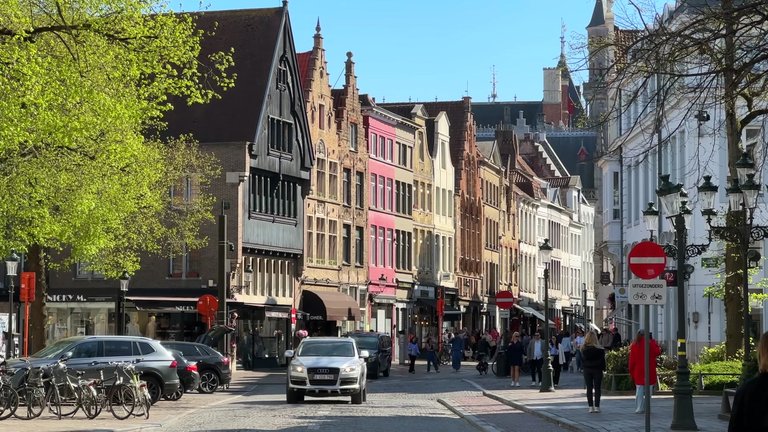
Eventually I reached one of the main squares, the Grote Markt. In the Middle Ages, this was the center of trade, tournaments, festivals and political decisions. The symbol of the square is the Belfry tower. It’s not a church or city hall. It represents Bruges’ freedom, wealth and independence.
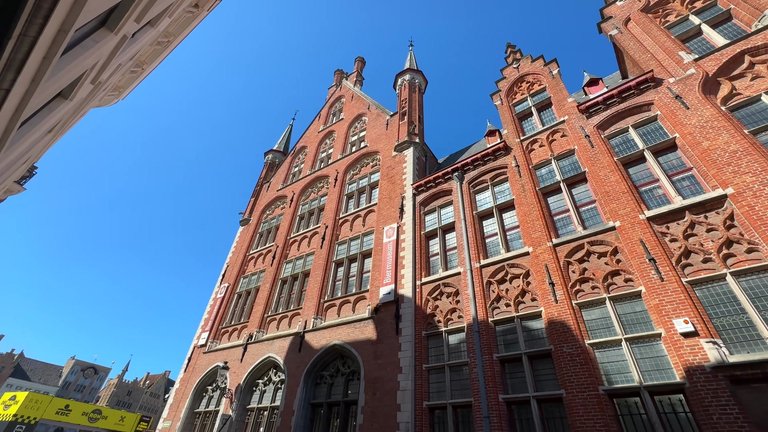
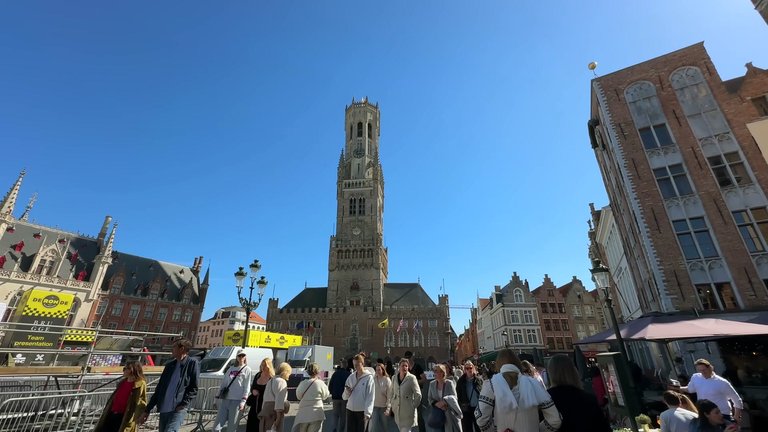
The first wooden tower was built in 1240. After a fire, it was rebuilt in stone and has its current form. For centuries, people gathered in the square below to hear decisions announced from its balcony. Today, you can climb its 366 steps to reach the observation terrace.
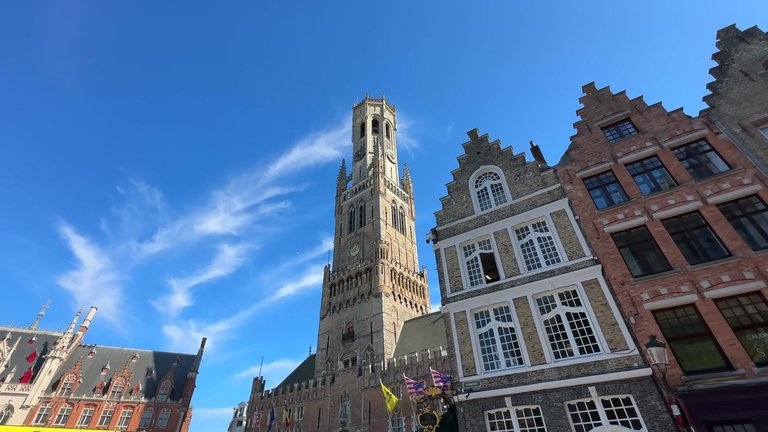
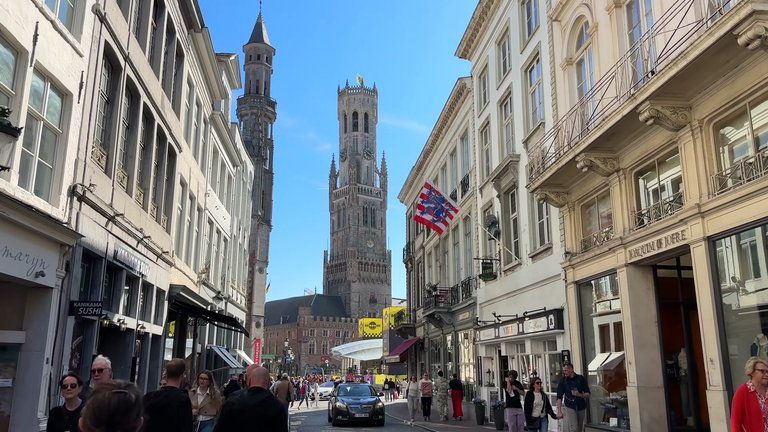
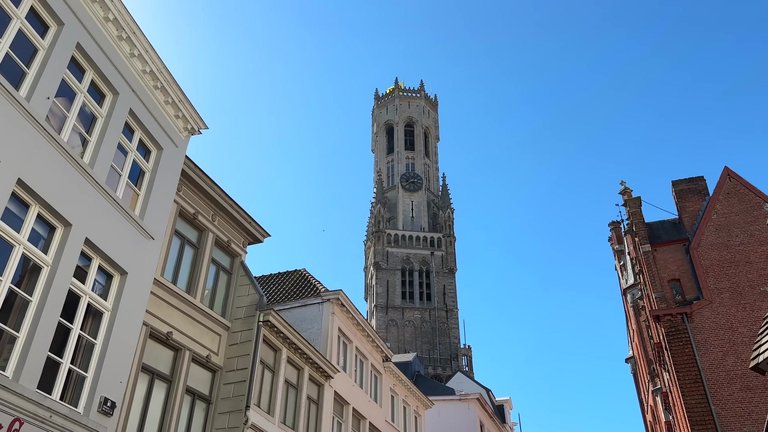
Unfortunately on the day I visited, it was hard to take photos because a big stage and award ceremony area had been set up, most likely for a recent cycling race. They were in the process of taking everything down, so I couldn’t capture the square properly.
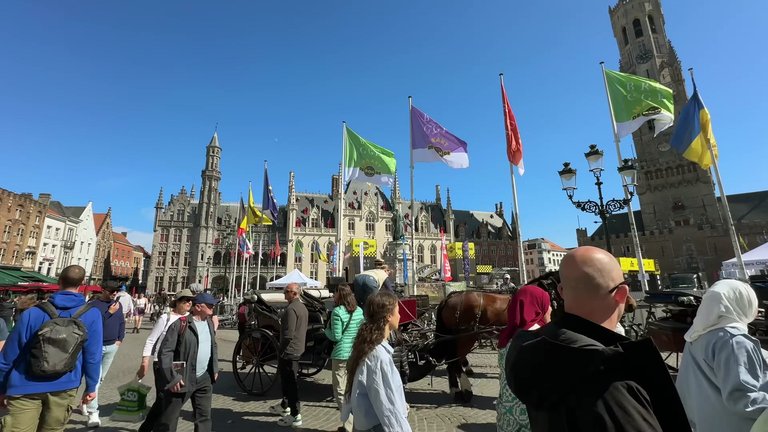
Another interesting fact: as you walk through the square, it's hard to imagine there used to be a harbor here. Yes, there was once water. Boats and ships would dock right here. Today, you need to walk 200 or 300 meters to reach the nearest canal. That’s how much the geography has changed. And still, it’s an incredibly beautiful place.
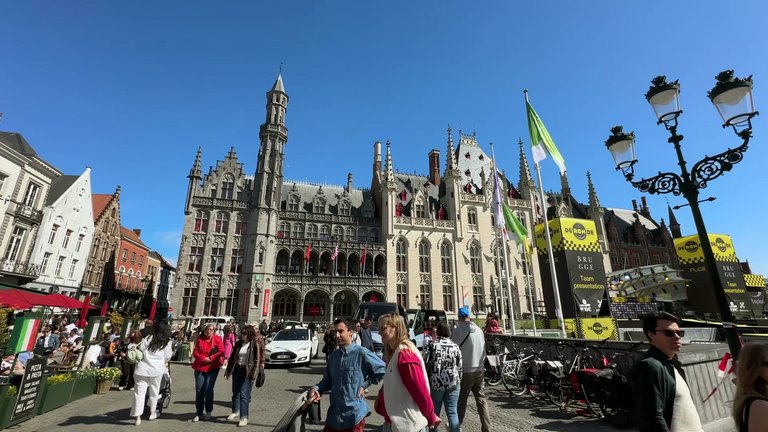
Later I saw the West Flanders Provincial Government building. This Gothic structure includes the governor’s residence. In Belgium, governors are the king’s representatives in each province. The building was constructed at the end of the 10th century and is used for both administrative and exhibition purposes.
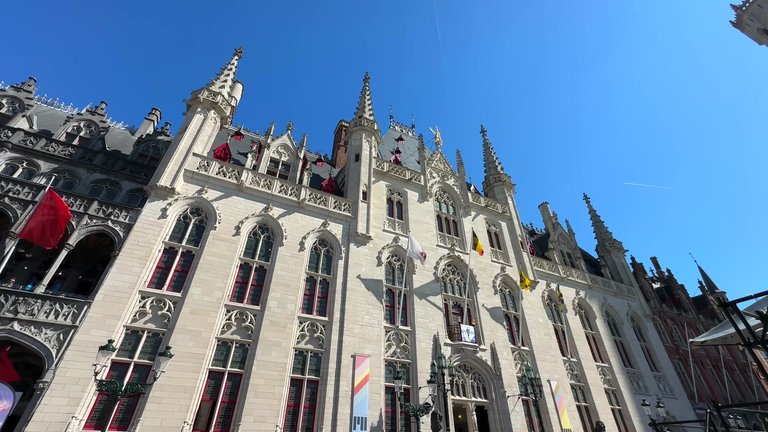
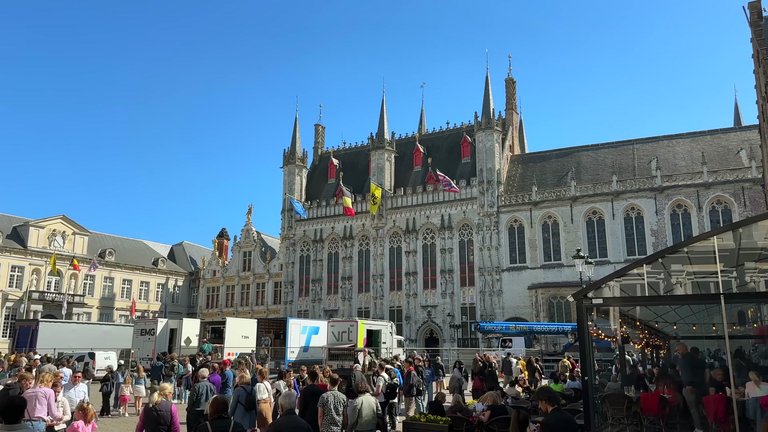
Just a few minutes walk away is another beautiful square. Here stands the oldest town hall in the Flanders region. Its foundation was laid in 1376. To its left is the old registry office, a prime example of Flemish Renaissance architecture, built in the early 15th century. It served as a courthouse until the 19th century, which is why a gilded statue of Justice still stands at the entrance.
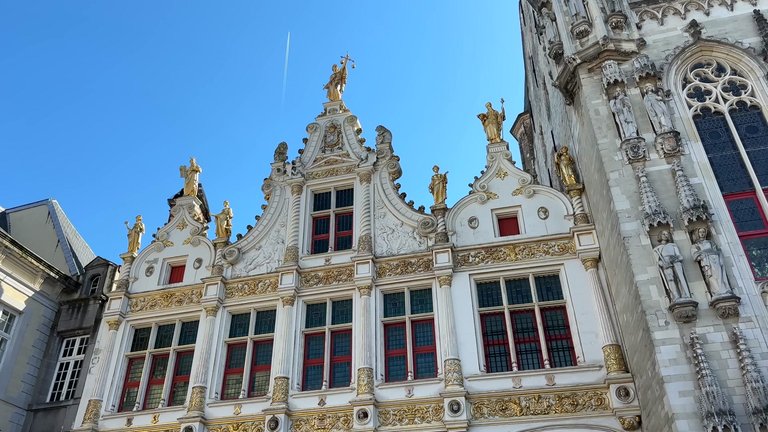
To the right of the town hall is the Basilica of the Holy Blood. Its lower section is Romanesque from the 10th century, the oldest building in the city, while the upper part was rebuilt in the 19th century in Neo-Gothic style. Every Friday, the holy relic is honored here and once a year a grand ceremony takes place.
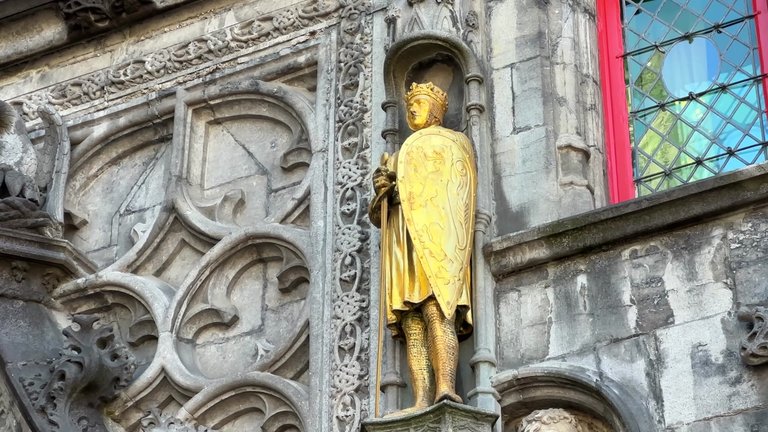
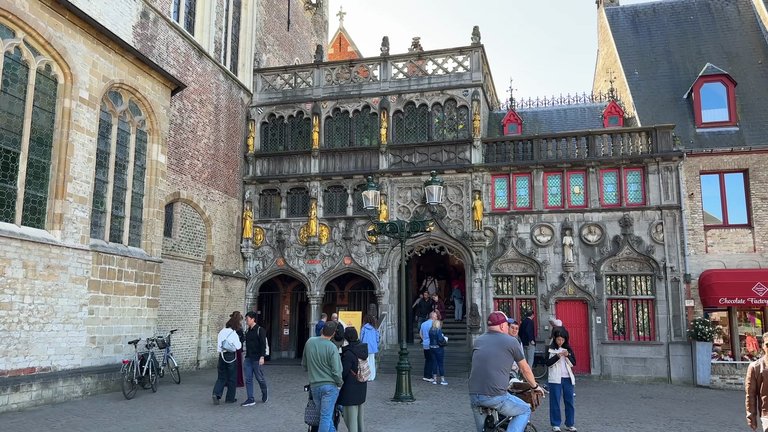
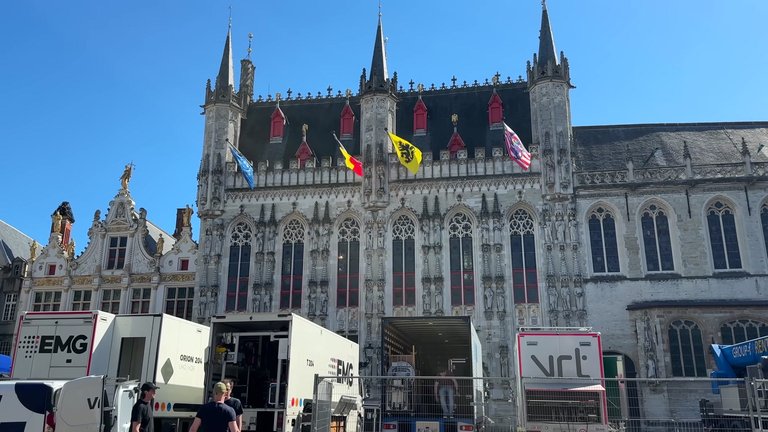
There used to be a cathedral dedicated to Saint Donatian here, but it was destroyed during the French Revolution. In the 1830s the bishop of Bruges moved to the Church of the Savior, which then became a cathedral. At the time, the church was not suited for cathedral status. A new Romanesque tower was started, but it wasn’t well received. It was considered too plain and flat. A pyramid-shaped top was later added, but it didn’t change much.
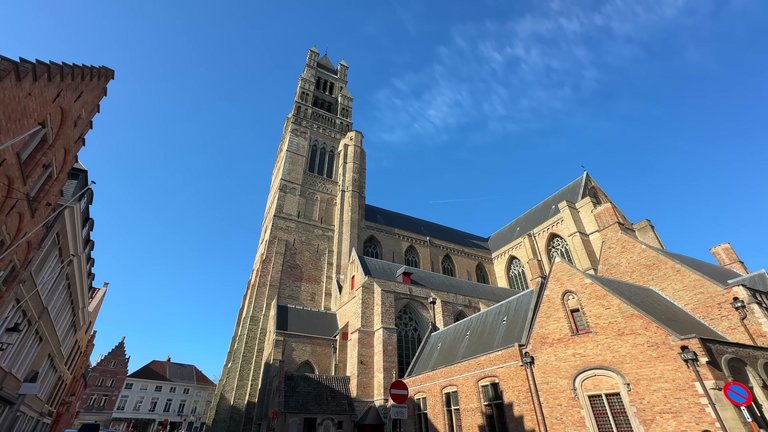
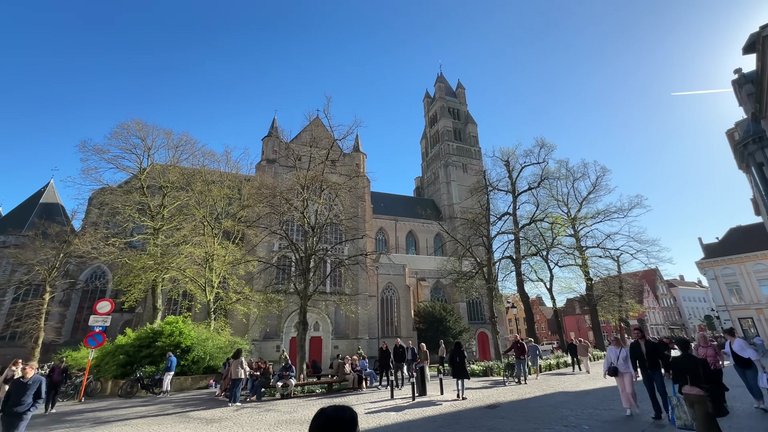
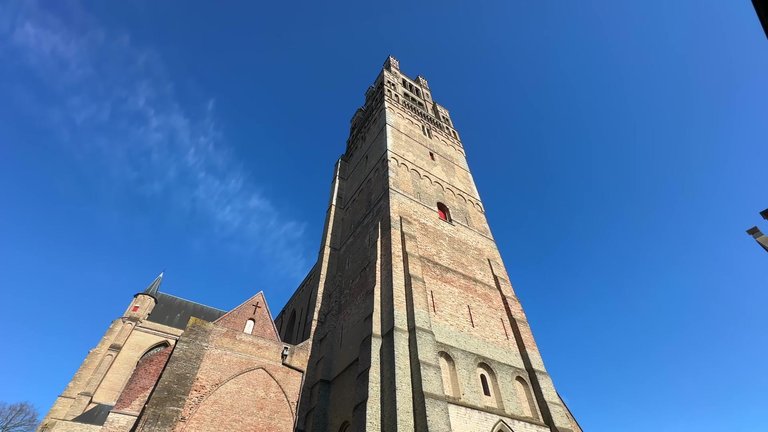
The most remarkable structure is the Church of Our Lady, the tallest building in the city, built around the same time as the cathedral. Its surroundings are stunning. You could walk around it for hours and still find new angles. And perhaps most important of all, this church houses a sign of Bruges' incredible wealth. One of Michelangelo’s works is here. Almost all of the artist’s works remained in Italy, but there’s one exception: the Madonna and Child statue. It was originally made for Siena Cathedral, but a Bruges merchant bought and donated it to the church.
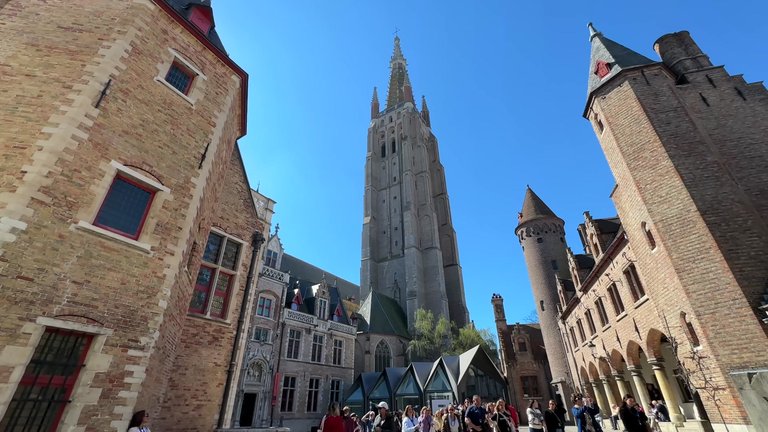
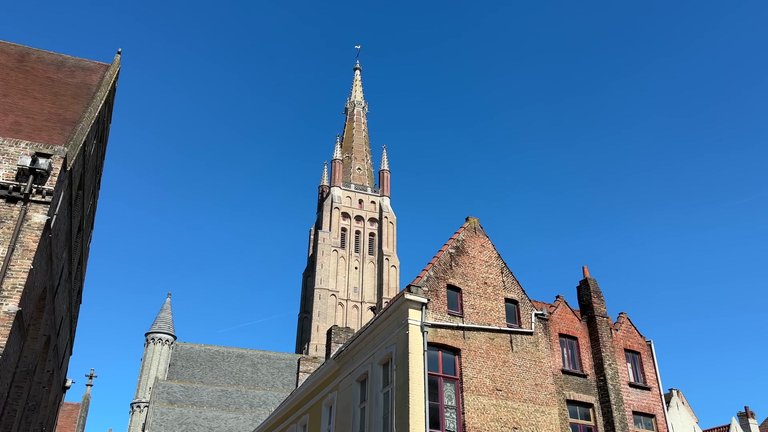
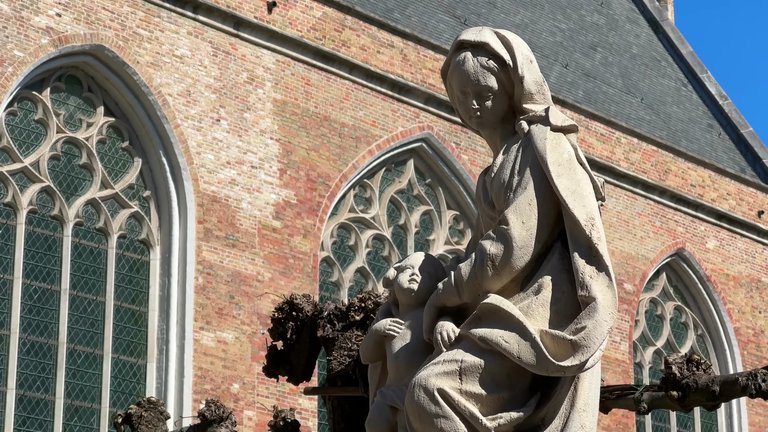
Here’s the catch. It seems the city still wants to get its money’s worth. When you enter, a big white curtain hides the statue. It only opens after you pay. I personally didn’t like this approach. I say free Michelangelo. Of course, I’m joking. Museums often charge to see original works.
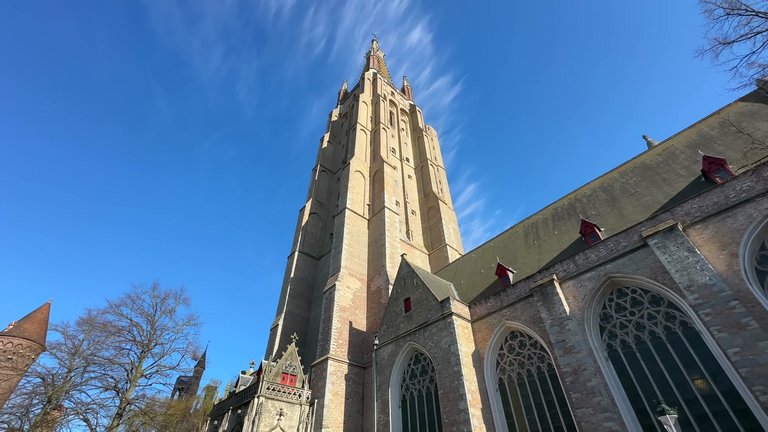
After visiting the Church of Our Lady, you should also stop by the nearby Groeninge Museum. It houses works by Flemish masters, including two masterpieces by Jan van Eyck, the Last Judgment by Hieronymus Bosch, a modern art section and old photos of Bruges.
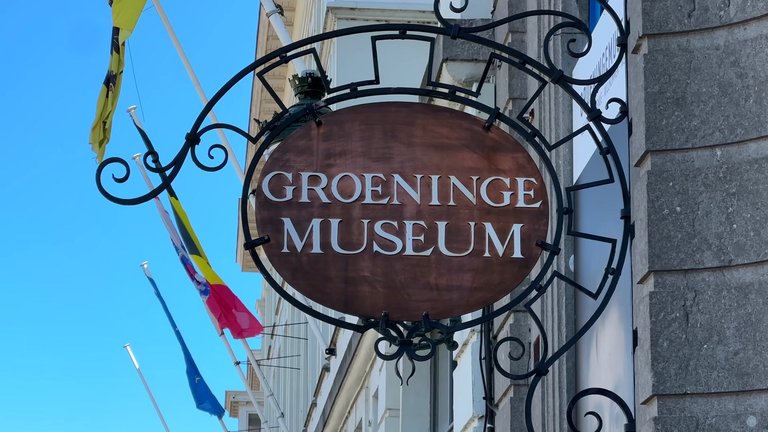
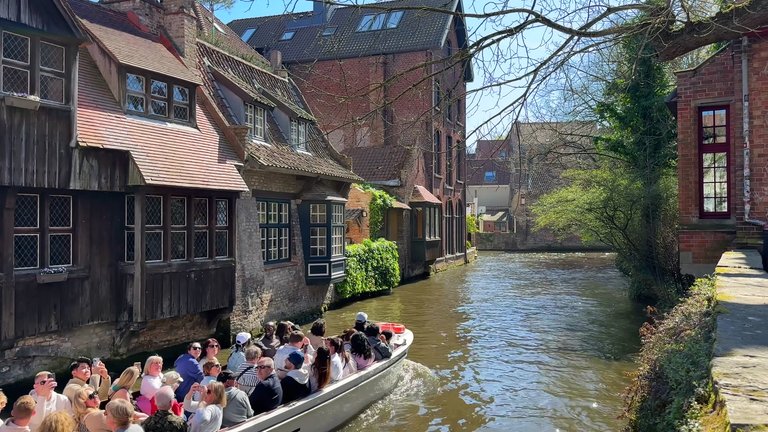
What surprised me most about Bruges was the size of the old town. Judging by the city’s stats, I assumed I could see all the main streets in half a day. After all, the numbers point to a small town. But I arrived early in the morning and walked briskly all day, yet I kept discovering new streets and beautiful corners until the evening. Surprisingly there were hardly any crowds. Just 300 or 400 meters from the main squares is enough. Even if you’re not completely alone, you’ll feel a sense of peace.
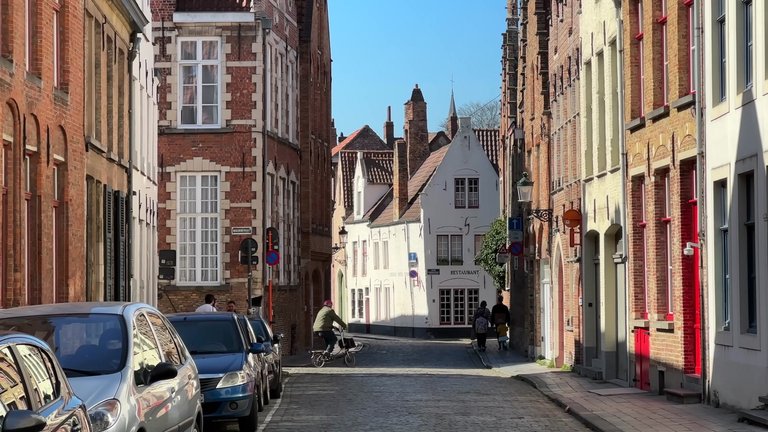
Bruges defies expectations. Think of European cities with populations between 100 and 200 thousand. Usually the historic center is small and charming, but outside of it are plain suburbs with little to see. Bruges isn’t like that. Here, it feels like everywhere is the city center. Even 400 meters from the main square, you're surrounded by beautifully restored traditional homes. The canals continue. The architecture remains impressive. Even if you walk 1.5 to 2 kilometers out, it’s still just as beautiful.
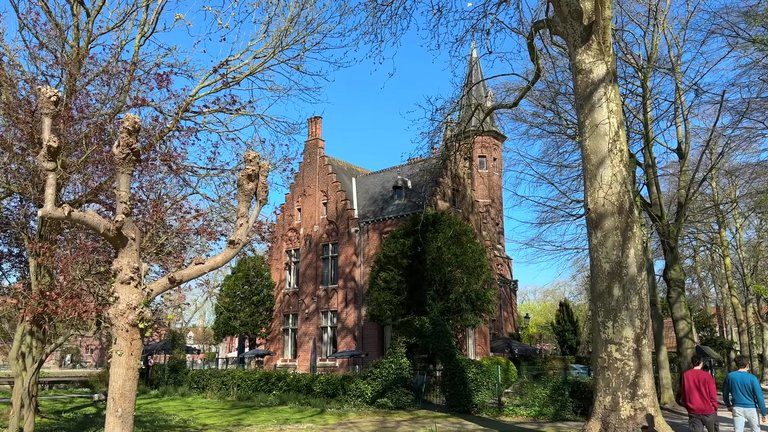
That’s one of the things that makes Bruges special. I honestly didn’t expect it. There are so many lovely details to discover. That’s why I think you should dedicate an entire day here. An overnight stay isn’t necessary. Maybe not practical. But arriving early and staying late is the best plan. I strongly recommend it.
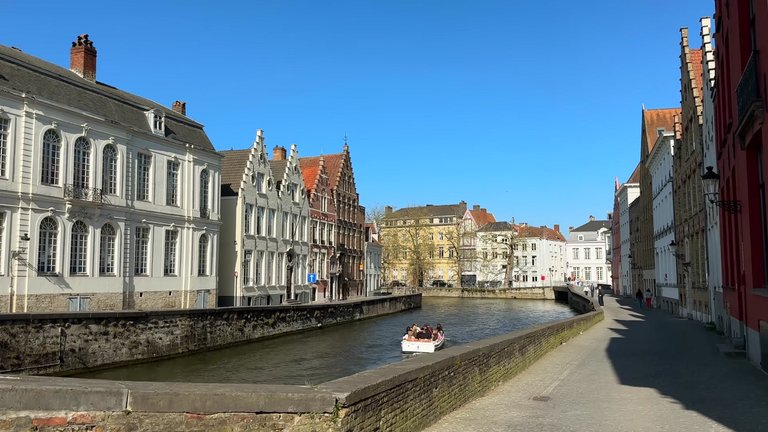
You’ll see how people live here: their little greenhouses, sun umbrellas, deck chairs, rocking chairs. A bit further, someone’s hanging laundry. What a scene. And the surroundings are so lovely. Sure, it’s not always this sunny in Belgium or the Netherlands, but when the sun comes out, people here know how to enjoy it. They’re real pleasure seekers.
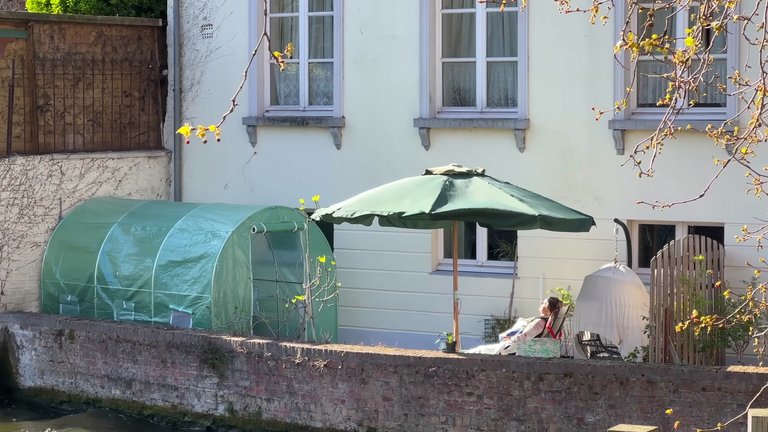
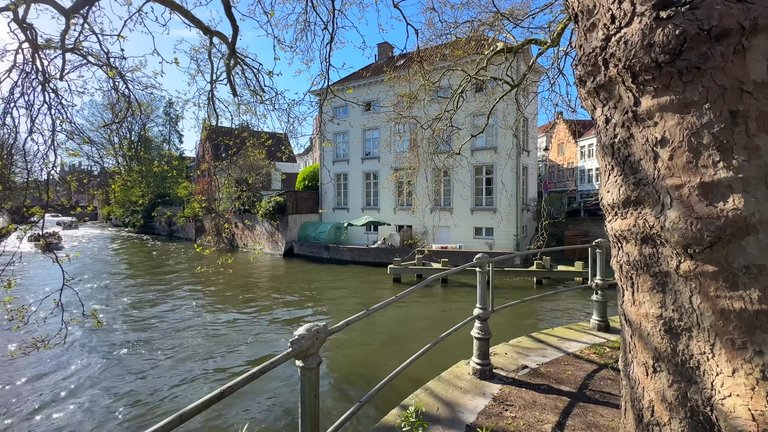
I spent the whole day in Bruges and I must say, I was absolutely enchanted. It had been a long time since a city moved me this deeply. It’s one of the rare places that left me wanting to return. My expectations and reality didn’t match in the best way. I knew Bruges was considered Belgium’s jewel and I expected it to be nice. But this beautiful?
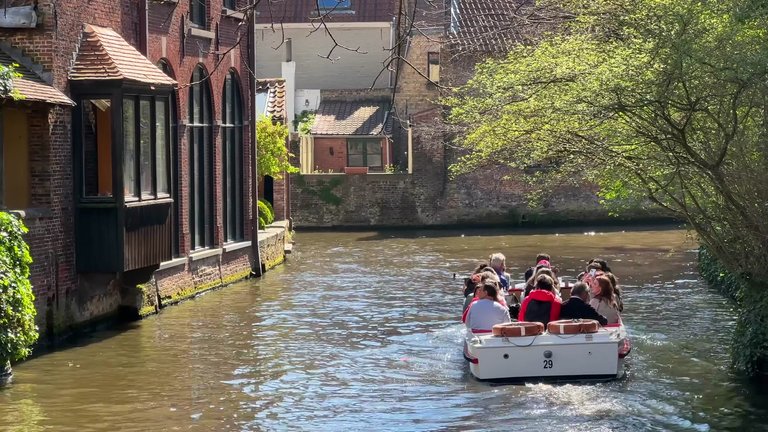
Bruges isn’t small at all, at least not its historic center. It has one of the largest old towns in Europe. You walk and walk and it never ends. You wander and marvel. The city just keeps offering more beauty. And honestly, for the first time in a long while, a city gave me such intense feelings. Among all the small European cities I’ve visited, Bruges is by far the most beautiful.
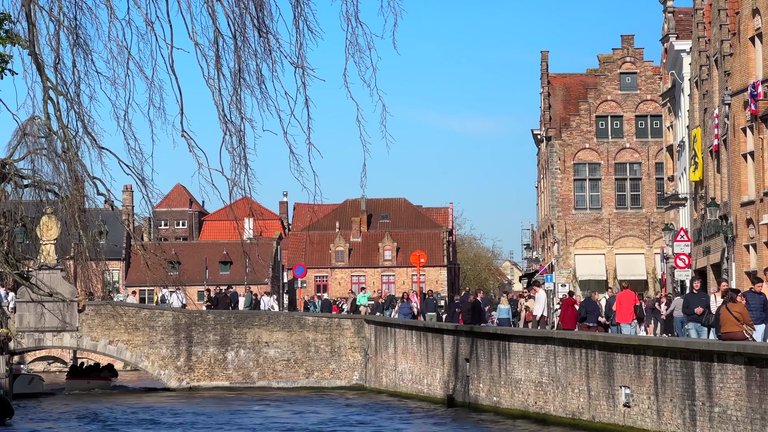
Yes, there are lots of tourists. But what can we do? If you come in spring or on a weekday rather than summer or weekends, it’s much calmer. I visited on a Saturday evening and although the squares were crowded, it was still possible to find peaceful corners in the city.
Bruges gave me immense joy and indescribable feelings. The main squares might be busy, but the city is so big and diverse. You’ll always find a quiet spot for yourself. I hope you’ve felt the warmth of this Belgian fairytale. If I managed to share even a bit of my Bruges experience with you, I’m happy.
You can check out this post and your own profile on the map. Be part of the Worldmappin Community and join our Discord Channel to get in touch with other travelers, ask questions or just be updated on our latest features.
Congratulations, your post has been added to the TravelFeed Map! 🎉🥳🌴
Did you know you have your own profile map?
And every post has their own map too!
Want to have your post on the map too?
- Go to TravelFeed Map
- Click the create pin button
- Drag the marker to where your post should be. Zoom in if needed or use the search bar (top right).
- Copy and paste the generated code in your post (any Hive frontend)
- Or login with Hive Keychain or Hivesigner and click "create post" to post to Hive directly from TravelFeed
- Congrats, your post is now on the map!
PS: You can import your previous Pinmapple posts to the TravelFeed map.Opt Out
Hiya, @ybanezkim26 here, just swinging by to let you know that this post made it into our Top 3 in Travel Digest #2617.
Your post has been manually curated by the @worldmappin team. If you like what we're doing, please drop by to check out all the rest of today's great posts and consider supporting other authors like yourself and us so we can keep the project going!
Become part of our travel community:
Thank you 🙏
You are very welcome @lett! it was well deserved. ☀️
We are already looking forward to reading more about your adventures!
Congratulations @lett! You received a sweet smile from TravelFeed. We love your work so keep up the good job. 😊
Thanks for using TravelFeed!
@for91days (TravelFeed team)
PS: You can now read your favourite travel blogs on your phone. Plus, blogging on-the-go just got easier! Download our app on the Apple App Store or get it on Google Play.
Thank you 🙏